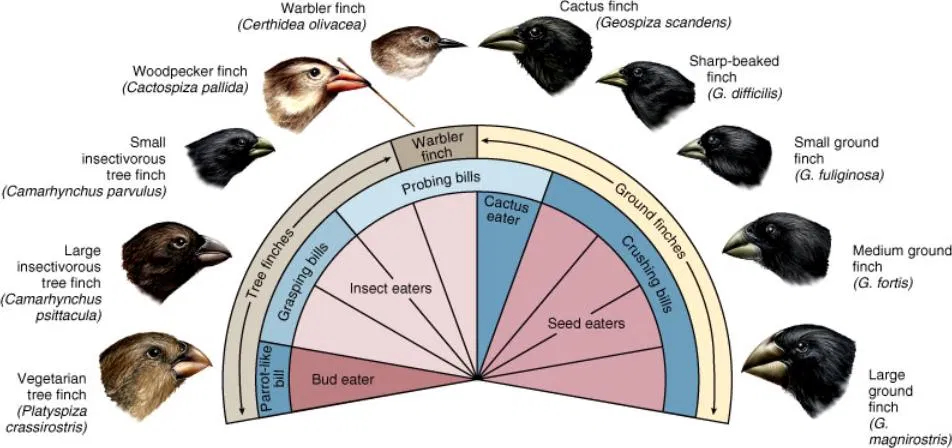The Passionate Travellers
Come with us and see the world!
We love nature, ancient cultures, great architecture, authentic and simple people, and tasty food
New Zealand's nature is kind of special, a part of the world apart from the world, a kind of blast from the past. Long, long ago, there was only one continent on Earth, all the rest was endless ocean. Then Pangea started to break up, and one of the first to leave was New Zealand. 80 millions years ago, the islands got separated from Australia and the rest of Gondwana, the southern continent that existed at the time.
As always, evolution was in full swing and had arrived at a stage where ferns were literally very big. There were forests of primitive plants, ferns and horsetails. There were no mammals yet, simply because at the time, natural evolution hadn't developed such animals yet (in one spot in Otago, a fossil of an archaic mammal was found, apparently not a very succesfull one - it didn't even get a proper name: Saint Bathans mammal...), but birds had already appeared. The ecological niches occupied elsewhere by mammals were filled in here by birds and insects, especially flightless birds (kiwi, weka, takahē, kakapo and the now extinct ostrich-like moa).
30 million years later, Australia also was cut off from the rest of the world, after the first big group of mammals had appeared, the marsupials like kangaroo and koala. Evolution continues, even in isolated places, but the speed slows down considerably - evolution requires big data, smaller populations produce less variation. This idea is somewhat contradicted by the exemple of the stunning variety of Darwin finches on the small archipelago of the Galapagos islands, each species well adapted to its specific habitat and the available food sources like insects or seeds... Species that only survive in small niches, like isolated nature reserves, have little chance to thrive, they will probably suffer from inbreeding, loose genetic variety and wither away.
Newer models in the evolving fashion show of Nature could only arrive in NZ when they could fly or swim: sea mammals such as whales, dolphins and sea lions are abundant around the islands, they got here on their own... Three species of bats also reached the islands and are now endemic (but two of them on or over the brink of extinction). Anyway, there were no land mammals in New Zealand until the Māori brought their dogs (polynesian Kurī, now extinct) (and possibly mice and rats), later followed by the Europeans who brought goats, pigs, sheep, rabbits and other species like the brushtail possum (also known as the 'little bump on the road', because there are now like 70 million of them running around... but still not quite savvy about the dangers of traffic).
Nature in New Zealand evolved in the absence of land mammals, in particular predators. In such a safe environment, birds like the emblematic kiwi 'forgot' how to fly, it costs less energy to run around than to fly. That, in a way, is also evolution's 'survival of the fittest': why fly when nobody is chasing you? The different species of penguins that nestle on the islands can't fly either. But when people brought cats and dogs and other predators, the safety and quietness were gone... flightless birds became endangered species and dogs need to be kept on a leash while cats are now next to persona non grata.
In the plant kingdom, ferns continued to occupy a larger place than elsewhere in the world: But there were also other indigenous plants, for exemple unique and quite primitive trees, the kauris. Kauri forest covered vaste expanses of the islands and the trees lived thousands of years (the largest to be found in Waipoua forest are thought to be between 2000 and 4000 years old). The indigenous flora that developed in New Zealand's isolation, later got competition from other species that were introduced from other parts of the world. Some of these newcomers are considered invasive and a nuisance, and efforts are made to limit their expansion.
 Variety of Darwin's finches on the Galapagos, beaks adapted to available food: insects, seeds etc.
Variety of Darwin's finches on the Galapagos, beaks adapted to available food: insects, seeds etc.